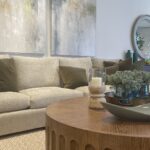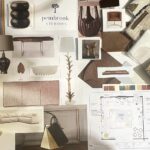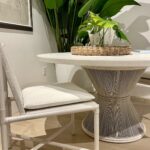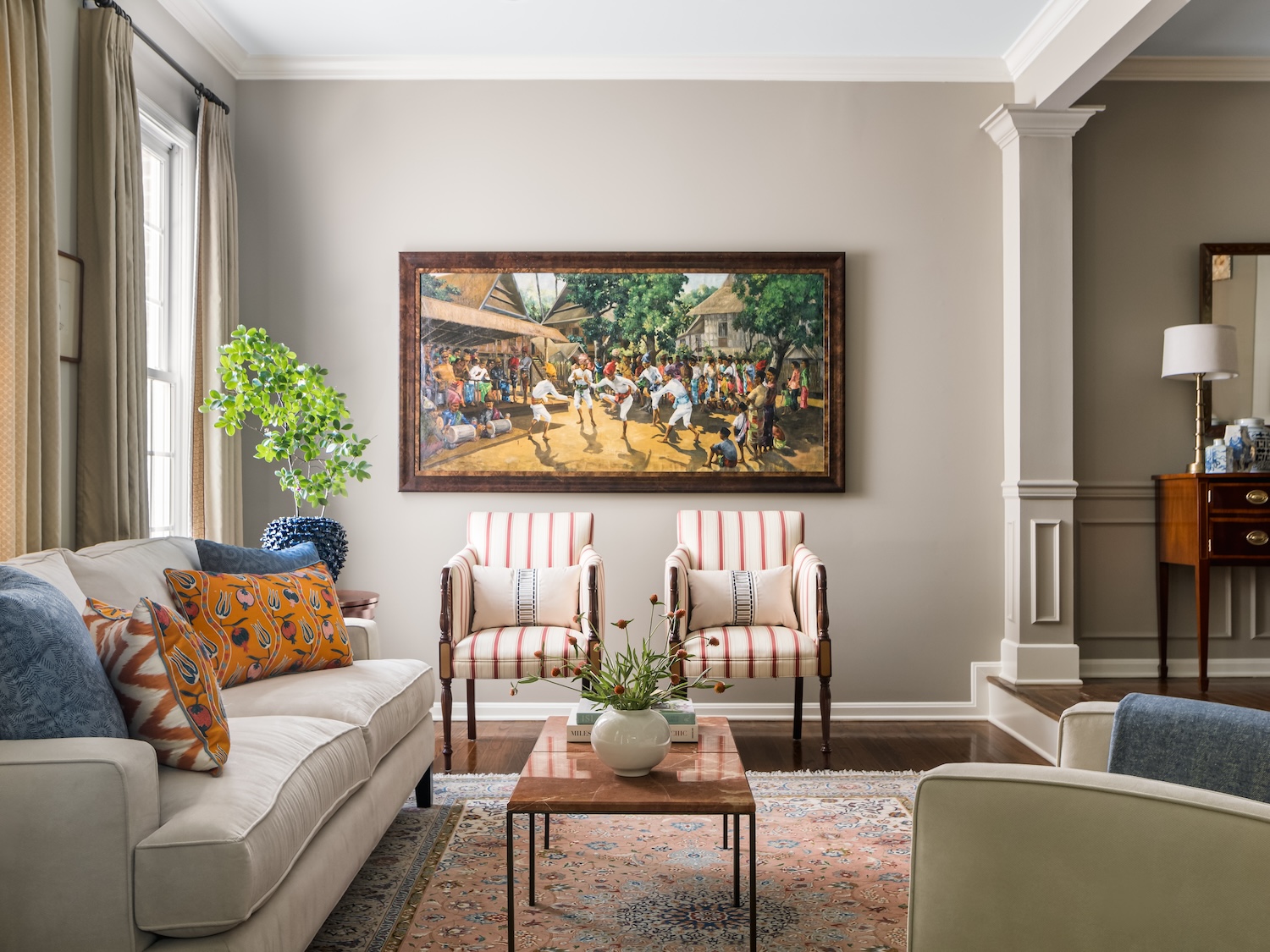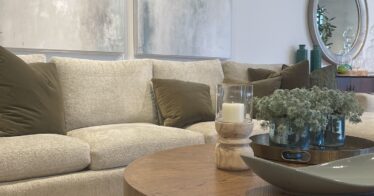This Washington, DC metro area project demonstrates how design principles enable stylistic flexibility. The clean-lined contemporary coffee table and modern sofa harmonize with the traditional dining set, classic striped armchairs, and antique-inspired artwork through careful attention to scale, balance, and color relationships. Note how the vibrant orange pillows pick up tones from both the artwork and rug, creating rhythm throughout the space.
(Design by Pembrook Interiors, Photography by Peak Visuals, Styling by Kristen Alcorta)
You say traditional, I say transitional. You say modern, I say contemporary.
Does all this design terminology make your head spin? Let’s clear up the confusion and get to the heart of what really matters in great interior design.
Here’s a secret that professional designers know: while design styles may change, the principles that make a space feel “right” remain constant. Whether you’re drawn to sleek minimalism or cozy farmhouse charm, it’s not the style that determines if a room works—it’s how well it applies fundamental design principles.
The Eight Essential Design Principles
Think of these principles as the grammar of design. Just as you can write a love poem or a technical manual using the same rules of language, you can create any design style using these foundational principles:
- Balance: Whether symmetrical or asymmetrical, balance creates visual equilibrium in a space. A modern loft might achieve this through clean lines and geometric shapes, while a traditional room might use matching wingback chairs flanking a fireplace.
- Scale and Proportion: This refers to the size relationship between objects and the space they occupy. A massive sectional that overwhelms a small living room fails this principle, regardless of whether it’s mid-century modern or English country style.
- Rhythm: The way your eye moves through a space creates visual rhythm. This might be achieved through repeated patterns in a bohemian-inspired room or through the careful progression of artwork in a gallery-style contemporary space.
- Emphasis: Every well-designed room needs a focal point. In an industrial-style loft, it might be exposed brick walls; in a classical room, an ornate fireplace mantel.
- Harmony: When elements work together, they create harmony. This principle works whether you’re coordinating vintage finds in an eclectic space or selecting minimalist furniture for a modern interior.
- Unity: A successful room feels cohesive. This doesn’t mean everything must match—unity can be achieved in a maximalist room full of patterns or in a stark minimalist space.
- Contrast: The interplay of opposing elements adds visual interest. A traditional room might contrast light and dark woods, while a contemporary space might play with contrasting textures.
- Color: Whether you prefer neutral palettes or bold hues, understanding color theory helps create spaces that feel intentional rather than chaotic.
Style Is Personal, Principles Are Universal
Here’s where eclectic interior design comes into play. When you understand these fundamental principles, you’re free to mix elements from different styles while maintaining a cohesive look. That cherished family antique can absolutely work in your modern living room if you understand how to balance it with contemporary pieces and maintain proper scale.
Think of it this way: if design principles are the recipe, design styles are the ingredients. Just as a skilled chef can combine unexpected flavors to create a delicious dish, a knowledgeable designer can mix different style elements to create a space that feels both personal and polished.
Principles in Practice
The room pictured demonstrates how these universal principles can be applied to combine elements that might not traditionally “match” on a style checklist. The traditional inlaid dining table and classic upholstered chairs coexist beautifully with the contemporary coffee table and clean-lined sofa.
Balance is achieved by pairing the room’s warm wood tones with cool blues and greens, while pops of vibrant orange create visual energy.
The contrast between different eras—traditional millwork, transitional lighting, and modern accent pieces—creates visual interest, while rhythm is established through the repetition of colors from the artwork to the textiles. The Persian rug acts as a unifying element, its pattern incorporating colors found throughout the space.
This approach liberates us from the confines of a single style label and allows for spaces that feel both cohesive and personally meaningful.
When you understand the fundamental principles of good design, you can confidently mix elements from different eras and origins while maintaining a harmonious whole—perfect for clients whose taste evolves over time or who want to incorporate cherished existing pieces into a fresh design.
Breaking Down Common Style Classifications
- Traditional: Emphasizes historical details, symmetry, and classic patterns
- Modern: Focuses on clean lines, minimal ornamentation, and function
- Contemporary: Reflects current trends and can incorporate various style elements
- Transitional: Blends traditional and modern elements
- Eclectic: Thoughtfully combines multiple styles using design principles as the unifying factor
The beauty of understanding design principles is that they liberate you from rigid style categories.
Your home doesn’t need to fit neatly into a single box. What matters is that it follows these time-tested principles while reflecting your personal taste and lifestyle.
Making It Work
When clients tell me they’re worried about mixing styles, I remind them that the most interesting homes often break conventional rules—but they never break the fundamental principles of good design.
That antique Persian rug can absolutely work with your modern sofa if the scale is right and the colors harmonize. Your grandmother’s crystal chandelier might be the perfect contrasting element in your industrial-style dining room.
The key is understanding how to use design principles to create unity among diverse elements. It’s not about following a predetermined style formula—it’s about creating a space that feels authentically yours while maintaining visual harmony.
The Bottom Line
So the next time someone asks whether your style is traditional or modern, transitional or eclectic, you can confidently say: “It’s well-designed.” Because ultimately, that’s what matters.
When you understand and apply the fundamental principles of design, you can create spaces that work beautifully, regardless of what label you give them.
Ready to apply these design principles to your own space?
Transform your home with our thoughtful, principle-based approach to interior design. Before you go, download our complimentary guide, “Six Essential Questions for a Space That’s Truly Yours.” This valuable resource will help you uncover the heart of your home and create spaces that authentically reflect who you are and how you live.
By answering these six essential questions, you’ll gain clarity on what truly matters in your design journey—beyond trends and style labels. Your responses become the foundation for spaces that feel uniquely yours, supporting your lifestyle and telling your personal story.
Enter your email at the link above to receive immediate access to this design resource, plus occasional insights from Pembrook Interiors on creating spaces that work beautifully for real life.
